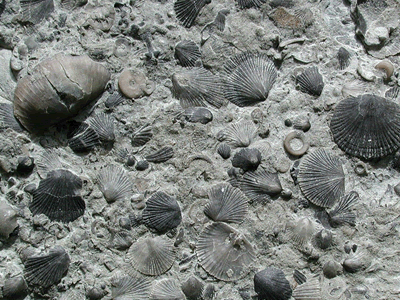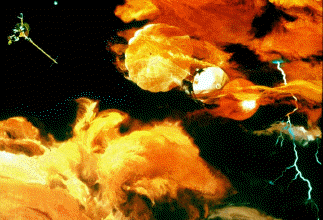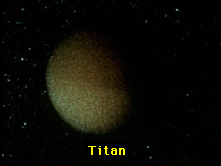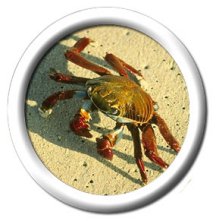This crab is crawling along the shore looking for food.
Click on image for full size
Windows Original, adapted from Corel Photography
Crabs
Crabs are crustaceans, which means they have a hard outer-shell that protect the soft body underneath. They also have sharp claws for protection and grabbing food. There are many species of crabs, and they come in all shapes and sizes. Most crabs live in coral or rocky reefs, but others prefer the sandy shores. Crabs are usually not fussy eaters, but they prefer small invertebrates and plankton.
One type of crab is the Hermit Crab. These special little animals live inside shells, which they pull along on their backs. In case of a threat, they can crawl inside for protection. The Thin-clawed Hermit Crab is about 7 inches long, and has bright blue eyes with an orange body. It looks more like an alien than a crab!
Others, like the Smooth Shore Crab, are only a few inches long. They don't have a shell with them, so spotting one in the day time is almost impossible. The Mottled Shore Crab has a yellow-brown shell, with bright white grooves. This little crab is less than a half-inch long, but it still looks scary!
You might also be interested in:

To predict the future diversity of life on Earth, scientists are turning to the fossil record of marine creatures – the ancestors of snails, clams, sand dollars, and crabs. Diversity is the number of species
...more
The deep ocean is very cold, under high pressure, and always dark because sunlight can not get down that far. Less life can survive in the deep ocean than in other parts of the ocean because of these conditions.
...more
Jupiter's atmospheric environment is one of strong gravity, high pressure, strong winds, from 225 miles per hour to 1000 miles per hour, and cold temperatures of -270 degrees to +32 degrees (freezing temperature).
...more
In July, 1996, it was announced that Dr. David McKay, along with a team of scientists at Johnson Space Center (a division of NASA), had discovered possible fossils of bacteria in a meteorite named ALH84
...more
Saturn's atmospheric environment is one of strong gravity, high pressure, strong winds, from 225 miles per hour to 1000 miles per hour, and cold temperatures of -270 degrees to +80 degrees. With winds
...more
Titan's atmosphere is a lot like the Earth's, except that it is very cold, from -330 degrees to -290 degrees! Like the Earth, there is a lot of Nitrogen and other complex molecules. There also may be an
...more
Autotrophs are organisms that can "make their own food" from an inorganic source of carbon (carbon dioxide) given a source of energy. Most autotrophs use sunlight in the process of photosynthesis to make
...more















